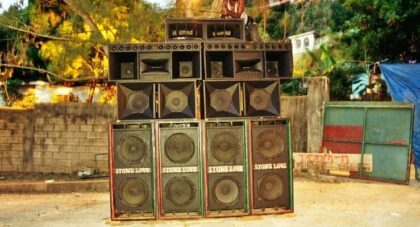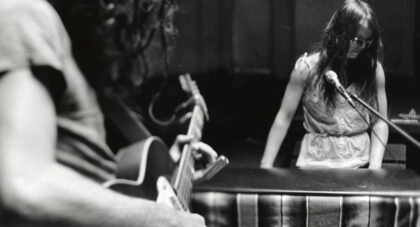Chicago’s venerable Drag City turns 30 years young in 2019. In perhaps typical fashion, the label doesn’t seem to be doing much in the way of commemoration — no star-studded festival, no limited edition boxed set, no self-congratulatory excess. Instead, Drag City is doing what it’s always done: releasing great records.
But those past glories deserve a little celebration, don’t they? That’s why the Aquarium Drunkard team has put together this eclectic guide to Drag City’s immense catalog: 30 masterpieces for 30 years . . .
Only the good shit. Aquarium Drunkard is powered by its patrons. Keep the servers humming and help us continue doing it by pledging your support.
To continue reading, become a member or log in.


